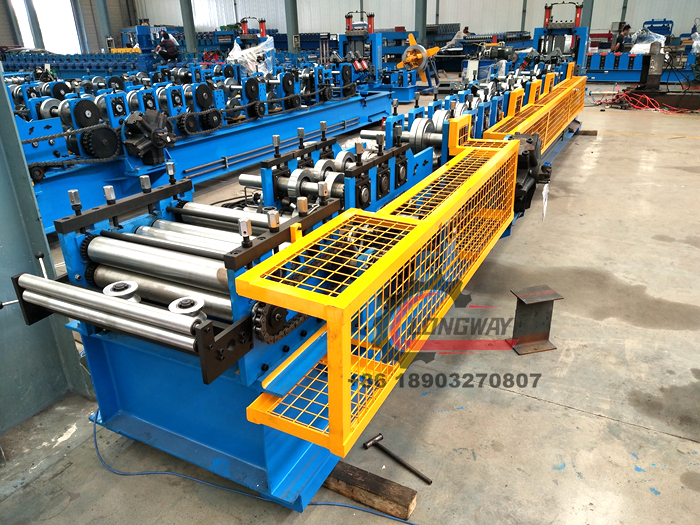steel slitter
Understanding Steel Slitters An Essential Tool in Metal Fabrication
In the world of metal fabrication, precision and efficiency are paramount. Among the tools that play a crucial role in this industry, steel slitters stand out as essential equipment for processing steel coils. These machines are designed to cut large rolls of steel into narrower strips, which can then be used for various applications, from manufacturing components to constructing buildings. This article delves into the mechanics of steel slitters, their advantages, and their significance in the metalworking sector.
The Mechanics of Steel Slitters
At its core, a steel slitter comprises a set of rotating blades that slice through steel coils. The operation begins with the steel coil being fed into the machine. As the coil is unwound, the blades rotate and cut the steel into predetermined widths. The slitter's setup is adjustable, allowing operators to customize the width of the strips based on their specific needs.
Most steel slitters contain multiple sets of blades, which can be configured in various arrangements. This design ensures that the slitting process is not only efficient but also capable of producing consistent and high-quality strips. The precision of the cuts is crucial, as even slight deviations can lead to significant issues down the production line.
Advantages of Using Steel Slitters
1. Efficiency Steel slitters are engineered for speed and efficiency. They can process large volumes of steel in a short period, making them indispensable for high-demand production environments. This capacity allows manufacturers to meet the needs of diverse industries effectively.
2. Precision The advanced technology in modern steel slitters ensures that cuts are uniform and precise. This accuracy minimizes waste and ensures that the finished strips meet exact specifications, which is vital in applications where every millimeter counts.
steel slitter

3. Versatility Steel slitters can handle various types of steel, from mild to high-strength alloys. This versatility makes them suitable for a wide range of applications—from automotive parts to structural components in construction.
4. Cost-Effectiveness By streamlining the cutting process, steel slitters help reduce labor costs and material waste. Over time, the investment in a steel slitter pays off through increased productivity and the ability to produce high-quality products at a lower cost.
Significance in the Metalworking Industry
Steel slitters play a critical role in the metalworking industry, where efficiency and quality are of utmost importance. By providing a means to divide large steel coils into usable strips, they facilitate the downstream processes that create finished products. Many industries, including automotive, aerospace, and construction, rely on these components for their manufacturing operations.
The demand for steel in construction and manufacturing continues to grow, driving the need for more efficient processing methods. Steel slitters not only help manufacturers cope with this demand but also enable them to innovate and enhance their production processes. As the industry evolves, advancements in slitting technology—such as automation and precision engineering—promise to further improve the capabilities of steel slitters.
Conclusion
In conclusion, steel slitters are indispensable tools in the metal fabrication landscape. Their ability to efficiently and precisely cut steel coils into strips serves a crucial function in various manufacturing processes. With the continuous advancements in technology, the future of steel slitting looks promising, emphasizing greater efficiency and enhanced capabilities. As industries continue to evolve and expand, steel slitters will undoubtedly remain at the forefront, shaping the future of metal production and manufacturing.
-
Roof Panel Machines: Buying Guide, Types, and PricingNewsJul.04, 2025
-
Purlin Machines: Types, Features, and Pricing GuideNewsJul.04, 2025
-
Metal Embossing Machines: Types, Applications, and Buying GuideNewsJul.04, 2025
-
Gutter Machines: Features, Types, and Cost BreakdownNewsJul.04, 2025
-
Cut to Length Line: Overview, Equipment, and Buying GuideNewsJul.04, 2025
-
Auto Stacker: Features, Applications, and Cost BreakdownNewsJul.04, 2025
-
Top Drywall Profile Machine Models for SaleNewsJun.05, 2025








